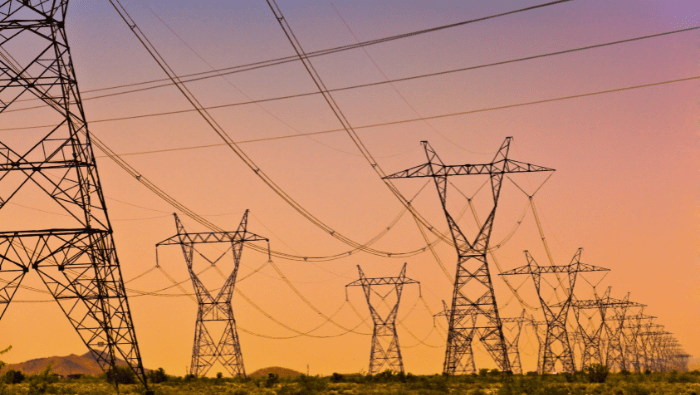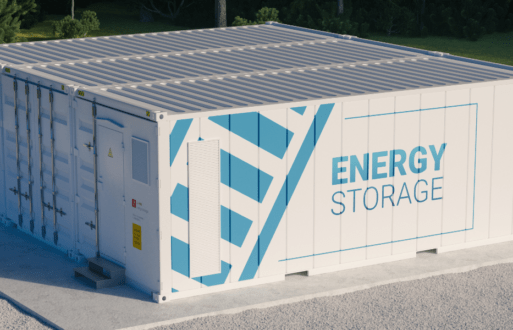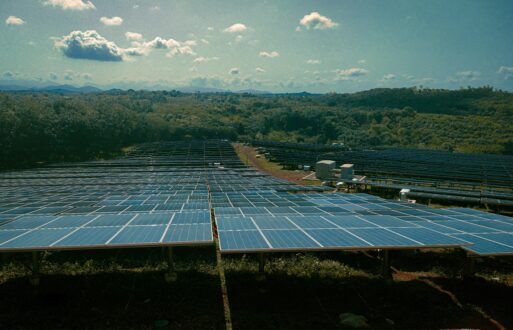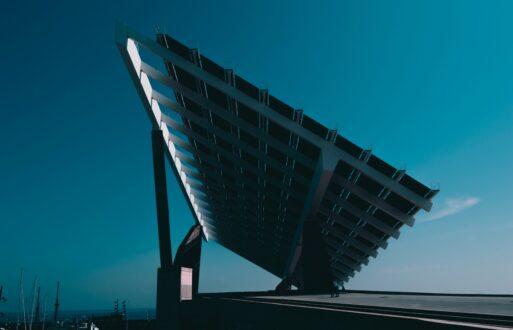Load forecasting, or more generally energy forecasting, is a core function for utilities, ISOs, and RTOs responsible for ensuring sufficient generation capacity is available to serve load. Energy forecasting can also:
- Help manage financial risk associated with unpredictable electricity demand
- Promote efficient use of resources, such as battery storage, by predicting high-demand periods
- Provide significant cost savings by enabling peak shaving during high-risk periods
- Help maintain facility ratings and meet operating reserve requirements
- Help manage the variability of renewable energy production, contributing to a more sustainable energy system
The process has evolved to leverage the latest technologies, such as neural networks, fast multi-threaded processors, machine learning, and advances in weather modeling. Importantly, forecasting is no longer confined to the demand space. With the transition to Variable Energy Resources (VERs), renewable energy forecasting supply is vital when determining the net load. Accurate renewable forecasting also requires analyzing the load factor of renewable energy — the ratio of actual renewable production to potential production — to account for intermittency.
Load forecasting is broadly categorized by time horizon — generally either short-term or long-term planning. This blog post will define load forecasting and explain both long-term and short-term approaches.
Long-term planning
Long-term planning is both an art and a science, requiring insight and judgment far beyond operational factors. Long-term forecasting, as defined here, focuses on predicting energy consumption patterns over an extended period, typically spanning years or decades. It aims to provide a strategic understanding of future energy demand to support long-term planning, capacity expansion, and policy decisions.
Factors considered: Long-term load forecasting considers various macroeconomic factors, demographic changes, technological advancements, seasonality, and regulatory policies. It analyzes trends and patterns influencing energy consumption over an extended period and incorporates factors beyond daily or seasonal variations.
Data granularity: Long-term load forecasting relies on aggregated data at a larger scale, such as regional or national levels. It may incorporate historical load data, economic indicators, population growth rates, and energy efficiency projections to estimate future demand trends. Modeling long-term capacity may require sampling aggregated energy to hourly granularity to account for time-sensitive resources such as wind and solar generation.
Strategic decision-making: The results of long-term load forecasting are used for strategic decision-making, such as infrastructure planning, energy resource allocation, and policy formulation. It helps utilities and energy planners make informed choices regarding long-term investments, resource optimization, and grid development.
Uncertainty and accuracy: Long-term load forecasting involves higher uncertainty than short-term forecasting due to the longer time horizons and multiple external factors influence. While it provides a broader picture of future demand trends, long-term load forecasting accuracy decreases as the horizon extends.
Short-term planning
Short-term load forecasting focuses on predicting energy consumption patterns over a brief time horizon, typically ranging from a few hours to a few weeks. It provides operational insights for near-real-time decision-making and grid management.
Factors considered: Short-term load forecasting considers immediate factors such as weather conditions, day of the week, time of day, holidays, and special events. For renewable sources, short-term forecasting also considers the load factor for renewable energy, or how much energy a renewable plant produces compared to its maximum capacity over a period of time. It captures the influence of short-term variations and fluctuations in energy demand.
Data granularity: Short-term load forecasting relies on more granular data, including historical load profiles, weather data, and real-time information from sensors and smart meters. It captures fine-grained patterns and load fluctuations to estimate demand at a specific time interval, whether in seconds, minutes, or hours.
Operational decision-making: The results of short-term load forecasting are primarily used for operational decision-making, such as load balancing, resource dispatching, and demand response management. It helps utilities optimize generation, schedule maintenance, and ensure grid stability in the near term.
Accuracy and responsiveness: Short-term load forecasting aims for higher accuracy due to the immediate applicability of the predictions. It leverages advanced modeling techniques, machine learning algorithms, and real-time data integration to provide responsive and accurate load forecasts for effective grid management.
Learn more about load forecasting solutions
Short-term net forecast accuracy is critical to meeting consumer demand while minimizing waste and keeping costs low. This is where advanced modeling techniques, artificial intelligence, and machine learning algorithms come into play.
You can read more about how load forecasting can improve the accuracy of your data model in this PCI blog post. For detailed solutions, visit our load forecasting software solutions page.






